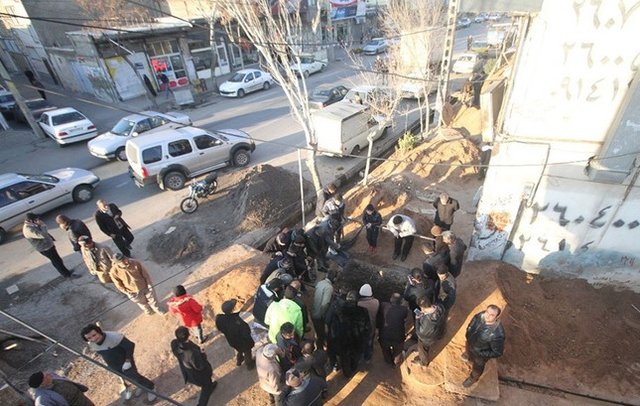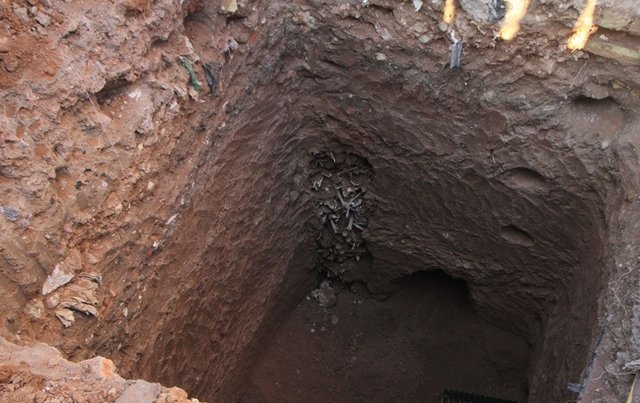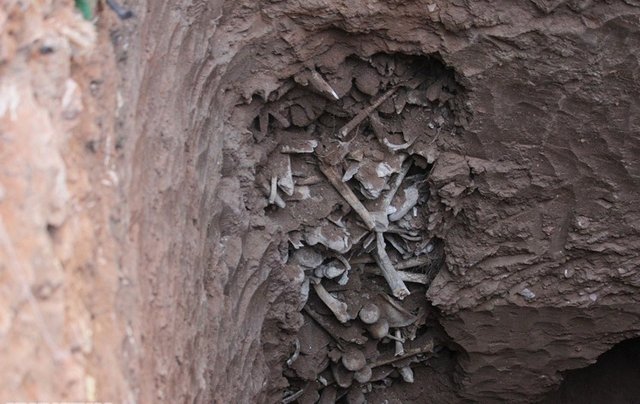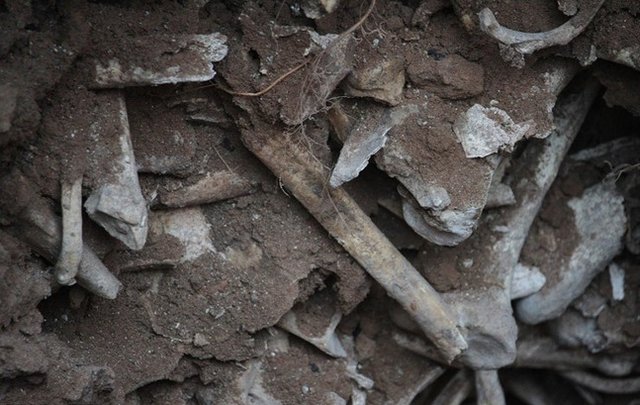The United Nations must respond with a commission of inquiry following the discovery of a mass grave in the north-western Iranian city of Tabriz suspected of holding bodies of a large number of political prisoners who perished in the 1988 massacre by the regime.
On 10 December 2016 reports and video evidence surfaced of a mass grave discovered by sewage workers who were drilling in an area of Tabriz in Iran’s East Azerbaijan Province.
On the same day, Tabriz governor Rahim Shohrati-Far told the state-run ISNA news agency: “As part of the effort to develop the sewage system in Tabriz, colleagues in the Water & Sewage Company were drilling in Pasdaran Street, off Enqelab Avenue when they came across what seemed to be human bones and they quickly informed the police”.
Shohrati-Far initially claimed that the corpses were related to a historic era, adding that the authorities would investigate the matter.
The following day, however, the Director General of the Cultural Heritage, Handicrafts and Tourism Organization of East Azerbaijan, Morteza Abdar-Bakhshayesh, rejected the claim that the human bones were related to an ancient era.
Abdar-Bakhshayesh told ISNA on 11 December 2016: “The discovery of this mass grave has nothing to do with Cultural Heritage”.
“When the Water & Sewage Company was drilling in this area, this grave was discovered at a depth of two metres. After that, the operation was halted so that experts from various departments could investigate it. Archaeological experts after arriving at the scene reported that the historical area of the graves is unconnected with the cultural heritage”.
At the end of the Iran-Iraq war in the summer of 1988, Iranian authorities massacred some 30,000 political prisoners across Iran based on a fatwa by the Supreme Leader Ayatollah Khomeini. The vast majority of the victims were members of the main opposition group People’s Mojahedin Organisation of Iran (PMOI or MEK). Most were buried in secret mass graves, some of which have since been discovered. The most famous Iranian mass grave discovered to date is situated in Khavaran, in southeast Tehran. Iranian authorities attempted in 2009 to destroy that site and eliminate the evidence of their crime.
Following the publication of photographs and video footage of the site of the newly-discovered mass grave in Tabriz, Tahar Boumedra of Justice for Victims of the 1988 Massacre in Iran (JVMI) is calling on the United Nations’ human rights body to set up a commission of inquiry to investigate the 1988 massacre as a crime against humanity and to hold the perpetrators to account.
“Many top officials of the Rouhani administration, including the current Justice Minister, were all key actors in the 1988 massacre of 30,000 political prisoners in Iran. It’s time for this impunity to end”, he said.
Photographs and video footage of the Tabriz mass grave below:





Pingback: Justice for the Victims of 1988 Massacre in Iran (JVMI)